
-
Find the right food for your pet
Take this quiz to see which food may be the best for your furry friend.
Find the right food for your pet
Take this quiz to see which food may be the best for your furry friend.
Featured products
 Adult 7+ No Corn, Wheat, Soy Chicken & Brown Rice Dog Food
Adult 7+ No Corn, Wheat, Soy Chicken & Brown Rice Dog FoodSupports energy level and beautiful coat in mature dogs
Shop Now Adult Perfect Weight & Joint Support Chicken Recipe Dry Dog Food
Adult Perfect Weight & Joint Support Chicken Recipe Dry Dog FoodThis weight management and mobility support dog food was created with Hill’s unique understanding of the biology of overweight dogs.
Shop Now Adult 7+ Perfect Digestion Chicken, Whole Oats & Brown Rice Recipe Dog Food
Adult 7+ Perfect Digestion Chicken, Whole Oats & Brown Rice Recipe Dog FoodScience Diet's breakthrough nutrition supports ultimate digestive well-being & healthy microbiome for dogs age 7+
Shop NowFeatured products
 Adult Perfect Digestion Chicken, Barley & Whole Oats Recipe Cat Food
Adult Perfect Digestion Chicken, Barley & Whole Oats Recipe Cat FoodScience Diet's breakthrough nutrition supports ultimate digestive well-being & healthy microbiome
Shop Now Adult Savory Chicken Entrée Cat Food
Adult Savory Chicken Entrée Cat FoodPrecisely balanced nutrition with the delicious taste of savory minced chicken to help fuel the energy needs of cats during the prime of their life
Shop Now Perfect Weight Salmon & Vegetable Canned Cat Food
Perfect Weight Salmon & Vegetable Canned Cat FoodOver 70% of cats lost weight within 10 weeks when fed this nutrition
Shop Now -
Dog
- Dog Tips & Articles
-
Health Category
- Weight
- Food & Environmental Sensitivities
- Urinary
- Digestive
- Joint
- Kidney
-
Life Stage
- Puppy Nutrition
- Adult Nutrition
- Senior Nutrition
Cat
- Cat Tips & Articles
-
Health Category
- Weight
- Skin & Food Sensitivities
- Urinary
- Digestive
- Kidney
-
Life Stage
- Kitten Nutrition
- Adult Nutrition
Featured articles
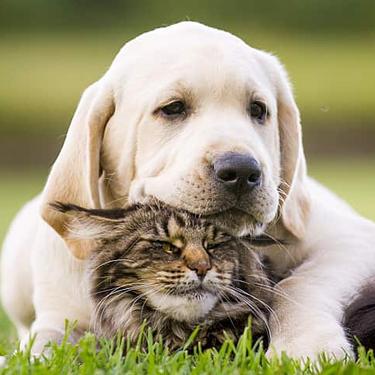 The Incredible Science Behind Your Pet's Microbiome
The Incredible Science Behind Your Pet's MicrobiomeLearn what a pet's microbiome is, how it contributes to your pet's gut & overall health, and why nutrition is important in maintaining healthy microbiomes.
Read More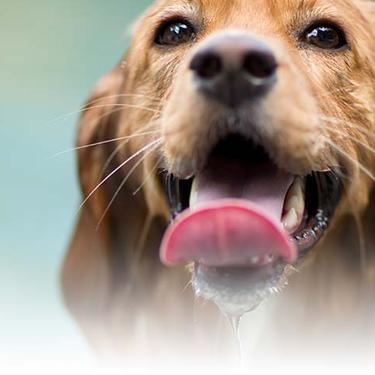 Water
WaterDiscover why water is the most important nutrient for your dog or cat to live a healthy life. Find out how much water your pet should consume each day.
Read More Pet Food Storage Tips
Pet Food Storage TipsDiscover how and where to store your dry, as well as canned, dog and cat food. Learn how to find the "best before" dates on all Hill's pet food packaging.
Read More -
Find the right food for your pet
Find the right food for your pet


As a pet parent, you're probably familiar with the basics of pet grooming: baths, haircuts, nail and dental care. Maybe you even regularly brush your pup's teeth or have tried to bathe your kitty. But if you'd like to treat your pet to a little extra luxury — or give yourself a break — you might want to consider taking your pet for a spa day.
What Are Pet Spas?
Cat and dog spa services are diverse, ranging from full-service grooming to self-service tubs. Pet spa offerings typically include:
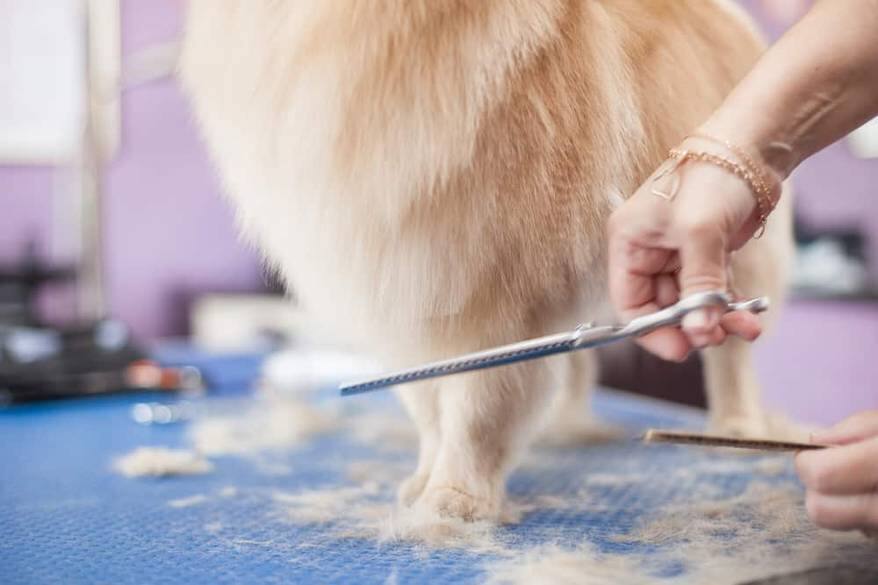
- Bathing: Includes a thorough shampooing, conditioning and rinsing, often followed by a blow-dry and brushing.
- Massage: Great for promoting flexibility, relaxation and pain relief.
- Nail trims: Critical for preventing painful tearing or discomfort while walking. Some pet spas offer more comprehensive pedicures, including offerings like dog-safe nail polish.
- Ear cleaning:Important for preventing discomfort and infection.
Some spas offer spaces where you can bathe and groom your pet yourself, which is helpful if you lack the space to comfortably groom them at home, or your pet doesn't do well with others handling them. However, if you have trouble washing your cat without getting clawed, you might want to leave the job to the pros!
Can I Create a Pet Spa At Home?
While treating your pet to cat or dog spa services is convenient, it definitely isn't necessary. By maintaining a steady grooming routine, you can maintain your pet's hygiene without professional help.
The following recommendations regarding grooming frequency may vary based on your pet's unique needs, so talk to your veterinarian to get the best advice for your pet. Here's a general guide for how often to groom your cat or pup:
Daily:
- Brush their teeth
Weekly:
- Brush their fur or hair
Monthly:
- Trim their nails
- Gently clean their ears (using a damp cotton ball or piece of gauze)
- Bathe them
As Needed:
- Trim their fur or hair


Tasty Tips
Young pets may need several visits in their first year for vaccinations. Adult pets generally benefit from annual check-ups, while senior or special-needs pets might require more frequent visits.
When Do I Need a Grooming Pro?
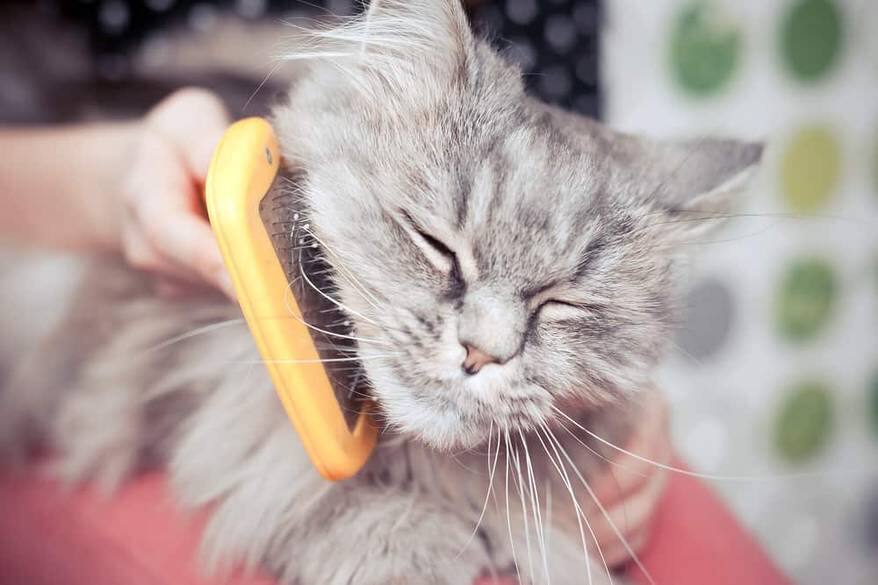
If your pet is encountering issues you can't address, such as serious buildup in the ears, matted or overgrown fur or hair — or if you notice your pet exhibiting unusual behavior, such as scooting his rear end across the ground, it may be time to contact a pet spa.
Professionals at pet spas can handle more serious grooming issues and check for signs of infection. Some spas even offer gland expression, which may help if your dog's anal glands are irritated. Of course, if you think your pet may have a medical issue, don't wait to meet with a groomer — reach out to your vet as soon as possible.
Pet spas aren't critical to the health or happiness of your pet, but they can be a great way for both you and your furry friend to relax and rejuvenate. If you're looking to give your pet a fresh summer cut (or maybe free up an hour or two of your time), give your local spa a call to learn about their offerings and make an appointment. After your furry pal's spa session, kick back, relax and get ready to snuggle with your freshly primped pet.


Erin Ollila believes in the power of words and how a message can inform—and even transform—its intended audience. Her writing can be found all over the internet and in print, and includes interviews, ghostwriting, blog posts, and creative nonfiction. Erin is a geek for SEO and all things social media. She graduated from Fairfield University with an M.F.A. in Creative Writing. Reach out to her on Twitter @ReinventingErin or learn more about her at http://erinollila.com.
Related products

Science Diet's breakthrough nutrition supports ultimate digestive well-being & healthy microbiome

Feline Adult Perfect Weight Variety Pack

Precisely balanced nutrition with the delicious taste of savory minced chicken to help fuel the energy needs of cats during the prime of their life

Over 70% of cats lost weight within 10 weeks when fed this nutrition
Related articles

Discover why water is the most important nutrient for your dog or cat to live a healthy life. Find out how much water your pet should consume each day.

Discover how and where to store your dry, as well as canned, dog and cat food. Learn how to find the "best before" dates on all Hill's pet food packaging.
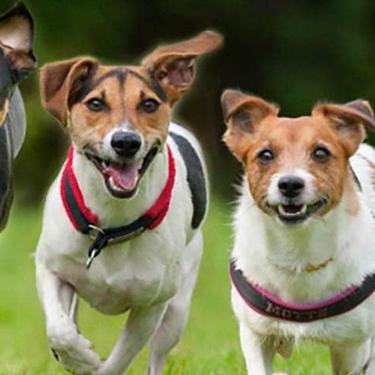
Discover how antioxidants fight against free radicals in your dog or cat's body, and why they are so important to your pet's diet.

Learn what a pet's microbiome is, how it contributes to your pet's gut & overall health, and why nutrition is important in maintaining healthy microbiomes.
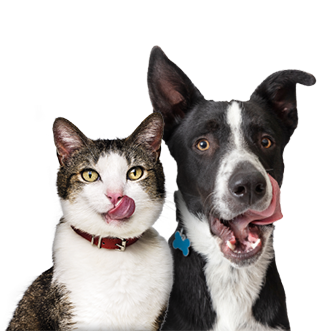
Put your pet on a diet without them knowing
Our low calorie formula helps you control your pet's weight. It's packed with high-quality protein for building lean muscles, and made with purposeful ingredients for a flavorful, nutritious meal. Clinically proven antioxidants, Vitamin C+E, help promote a healthy immune system.
Put your pet on a diet without them knowing
Our low calorie formula helps you control your pet's weight. It's packed with high-quality protein for building lean muscles, and made with purposeful ingredients for a flavorful, nutritious meal. Clinically proven antioxidants, Vitamin C+E, help promote a healthy immune system.

